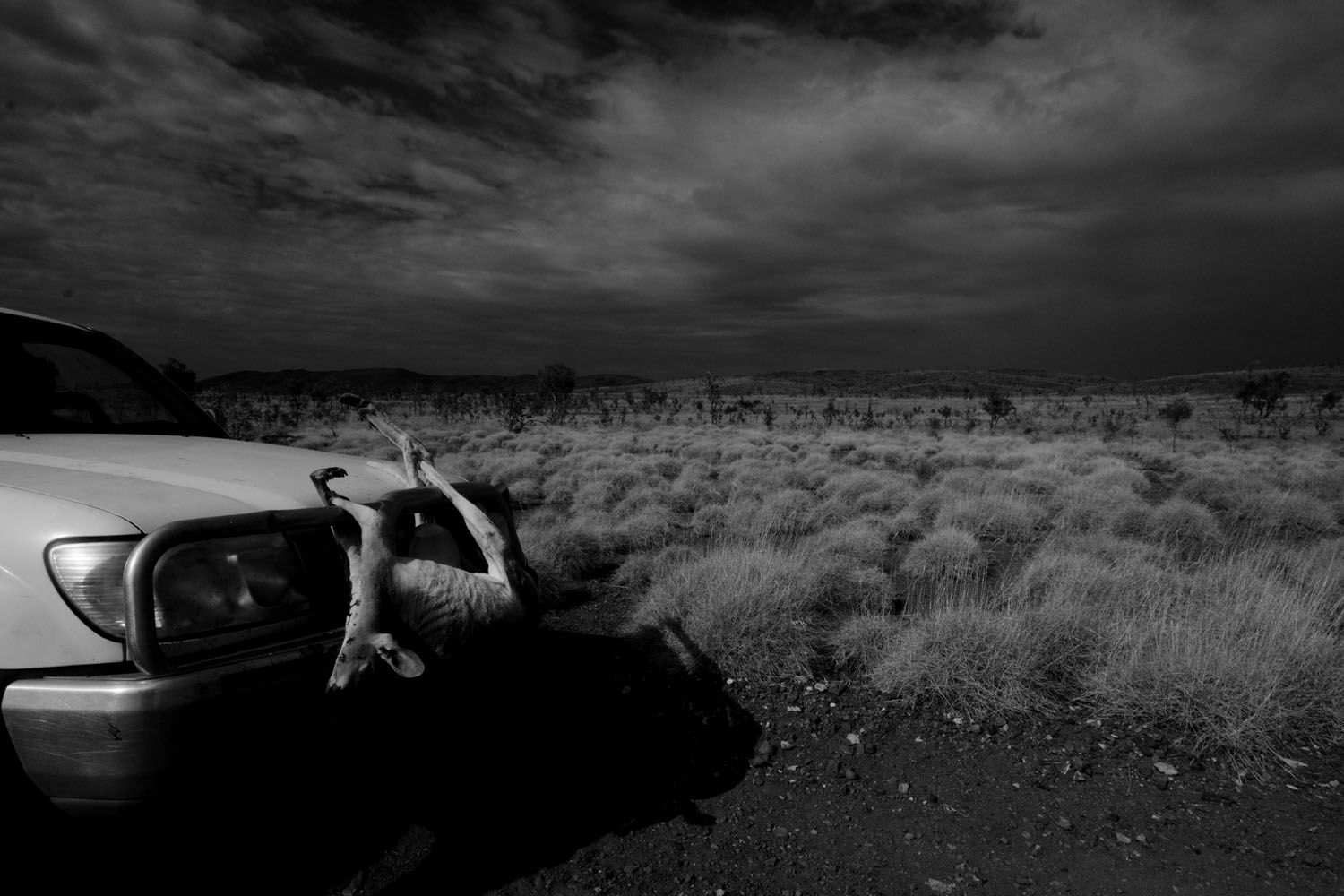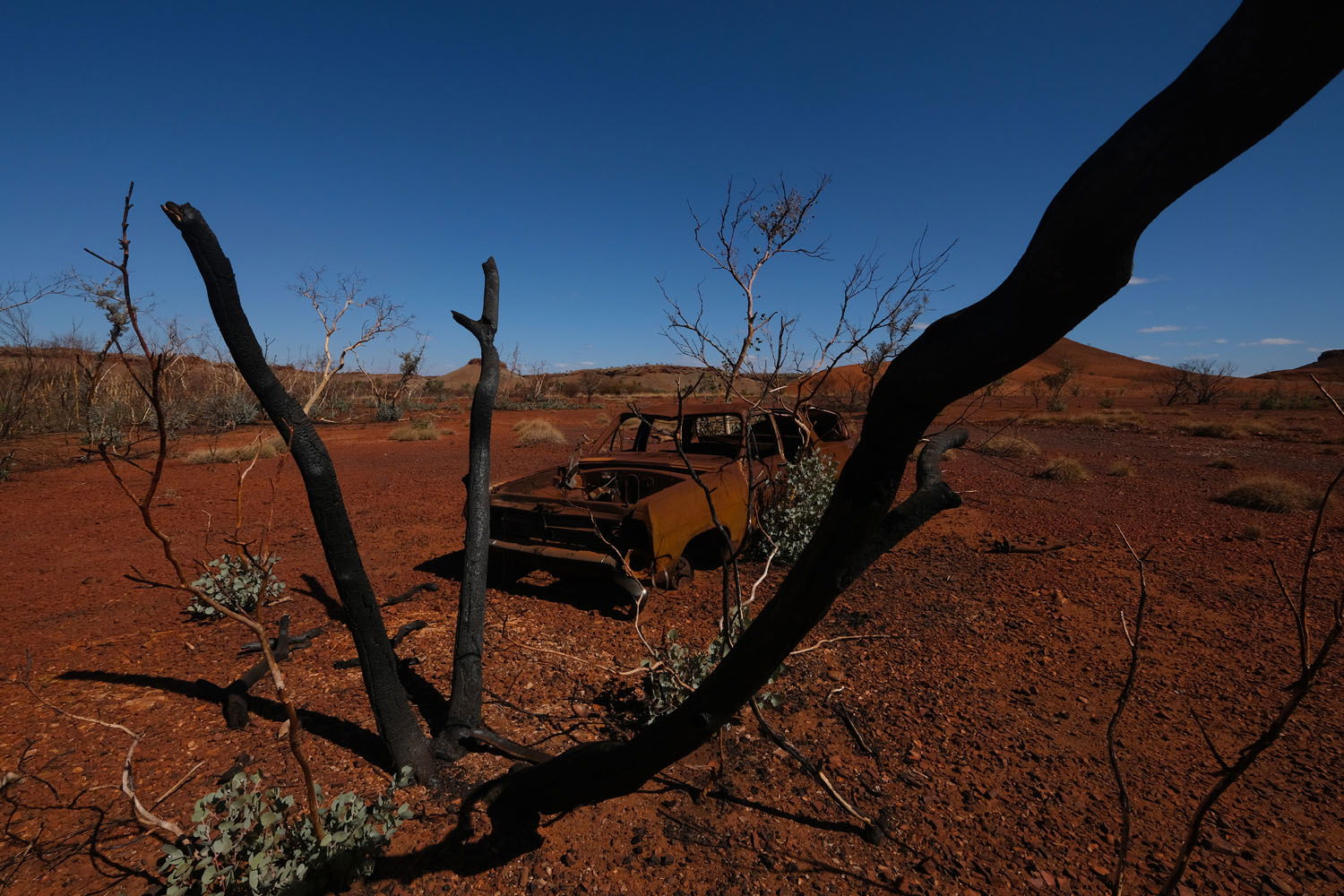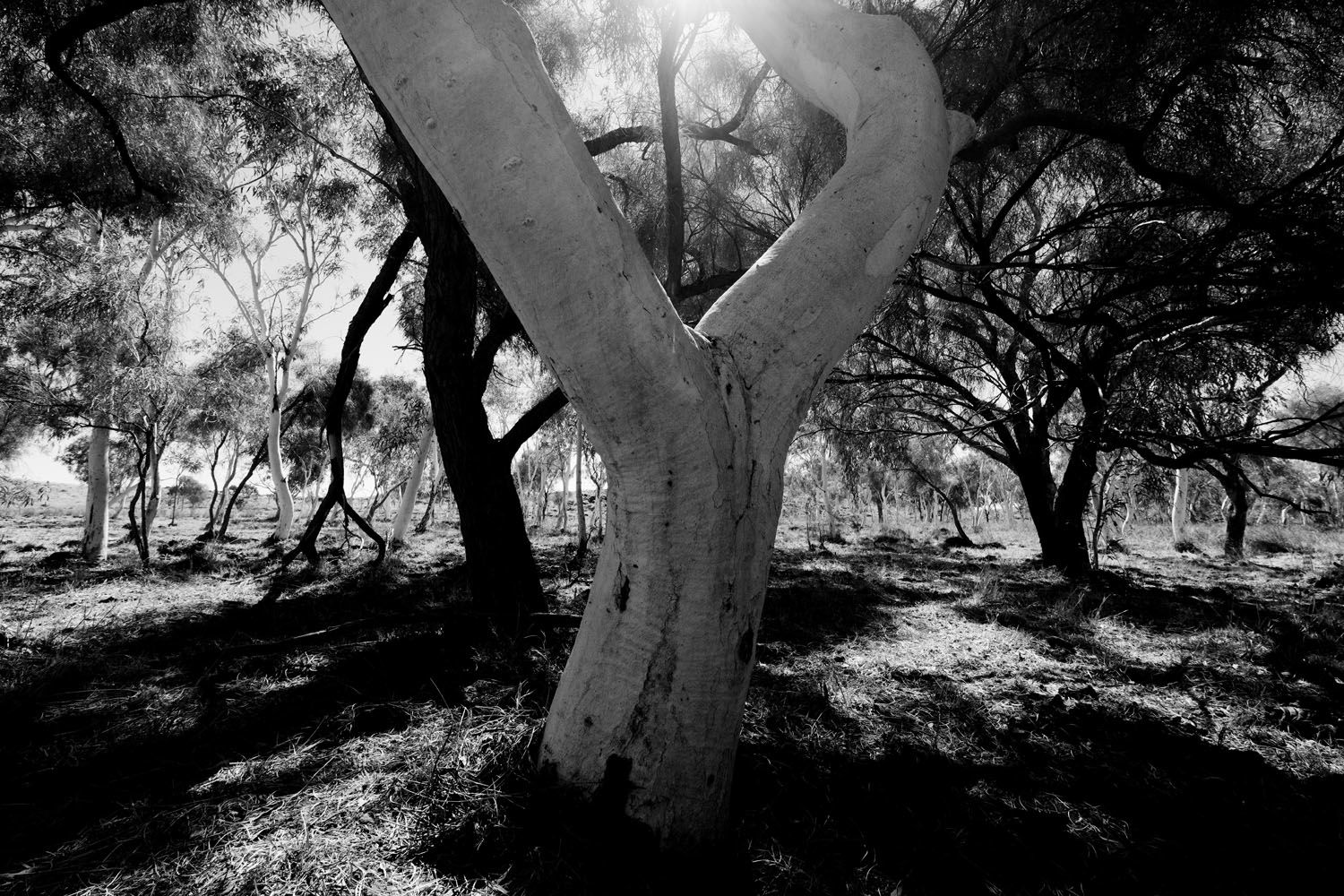When the X-Pro3 was first shown to me and several of my colleagues in Tokyo, I could feel the anxious excitement, the passion and dedication from the talented people who had the vision to develop this exquisite camera.
There was no chance of taking a picture then, but that wasn’t necessary. We all knew that what we were holding in our hands was going to be something special.
There was a real sense from Fujifilm of wanting to bring photography back to its origins – more pure, more real.
Just a few months on from this first viewing, the camera, with its durable titanium finish was being bounced about on the passenger seat of my 4x4WD Toyota troop carrier over teeth shattering rough and corrugated dusty roads.
I had driven over 7000km from east to west, and then more to the north of Australia, in a matter of two weeks. I was now off the paved roads and was negotiating the outback of Western Australia accompanied by my little dog companion Ratty.
It had been seven years since I left that part of the world and that part of my life so I was traveling with many emotions.
A few days earlier on the road I had had a foreboding feeling… then sadly a call came through. A tragic death had occurred within a family whom I am close to.
Life can be tough and in the Australia outback, there are very few walls to cushion the blows. I knew the people closest to me would be struggling to cope with this loss, so I was glad I could be there for them in some way and I knew that my photographic work would take second place. That’s life.
Being flexible is part of this life’s game and a camera that can work with you is the best kind. It gave me a chance to reconnect to the country and myself, to just walk around in the incredible landscape, slow things down and take pictures of simple things.
Taking pictures with the X-Pro3 feels so natural. The nature of the camera feels documentary but it is not limited to documentary, it is versatile.
The composition of the camera suggest we bring our senses back to trusting the moment and our creative self. This is done by replacing the back monitor with a display of the film simulation. Just like the old days of film.
To be begin with it is a little disconcerting, but in reality it’s a clever design by Fujifilm and photographers who haven’t lost touch with how it all began.
If we really need to review images we can flip the back to view the LCD monitor or replay from the view finder.
It is hard for me to think of the X-Pro3 as being anything other than a film camera — or even better. The film simulation gives me perfect colour images straight out of the camera.
It feels and behaves like a film camera, so there is no doubt for me that there has been a huge evolutionary shift and I am looking forward to creating.



























































